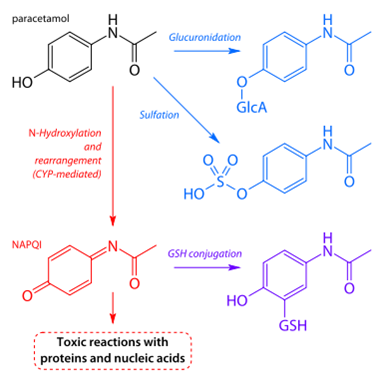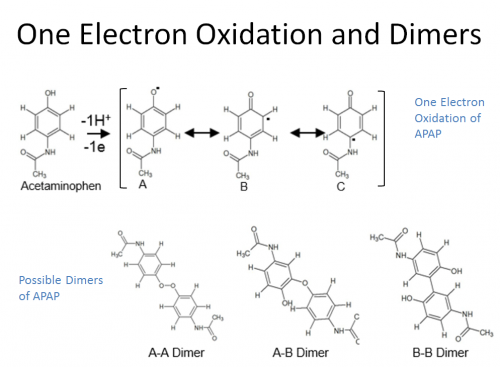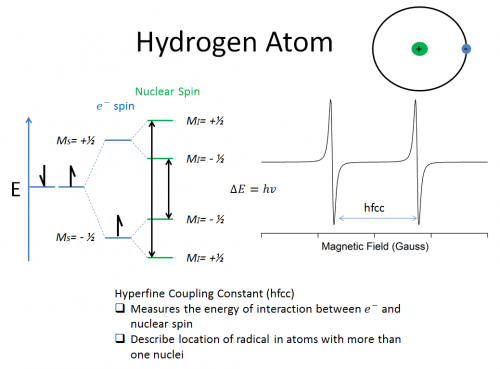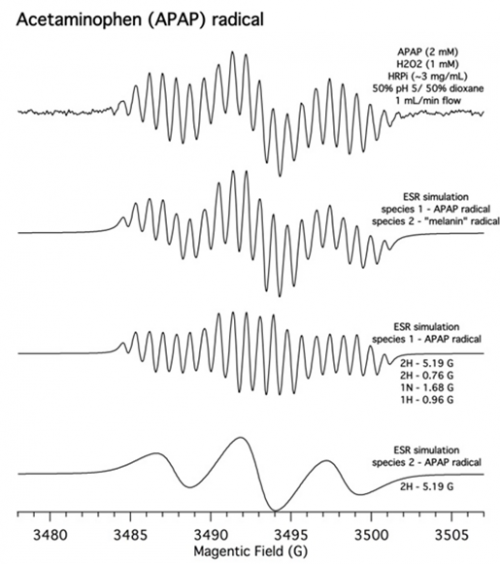Acetaminophen
Acetaminophen, also known as paracetamol, is a painkiller and fever reducer used to treat mild to moderate pain. Acetaminophen is sold over the counter (OTC) by various companies under various names with the most notable being Tylenol. co-formulated in many medications including cold medications, menstrual cramping medications, and various other painkillers. Acetaminophen is also sold co-formulated with various painkillers by prescription only including oxycodone, NORCO, Tylox, and many more.
The drug gained widespread usage and popularity in the 1960s when it was marketed as a less toxic pain killer and fever reducer as opposed to Aspirin. Acetaminophen is used by approximately 23% of Americans each week (Slone, JAMA) and is available in over 600 medications OTC and by prescription (Perneger, et.al, NEJM).
The problem with acetaminophen is the lack of depth of understanding of how it works, and the large number of drugs co-formulated leaves consumers susceptible to accidental overdose.
History of Acetaminophen
1877- Acetaminophen synthesized by Harmon Northrop Morse however it would take decades for the potential of the drug to be understood.
1886- Acetanilide, the first anilide derivative with analgesic and antipyretic properties discovered by A. Cahn and P. Hepp
1887- Phenacetin, a similar and seemingly less toxic anilide is found by Joseph Von Merring to have the same properties as acetanilide
1893- The white, odorless crystal compound of acetaminophen is discovered at the University of Strasburg by Adolf Kussmaul and his team. The drug is used briefly as an analgesic but was discarded in favor of phenacetin, due to fears of methemoglobinemia by acetaminophen
1899- Phenacetin begins a multiple-decade stint as a popular over-the-counter headache medication and establishes Bayer as a leading pharmaceutical company.
1949- The "rediscovery" of acetaminophen occurs when it is discovered that acetaminophen is the active metabolite in both phenacetin and acetanilide. And unlike the two drugs that came before acetaminophen, it shows no carcinogenic affects at therapeutic doses
1950- Acetaminophen is available by prescription as several different names, in several different medications, and coformulated with other drugs such as aspirin and caffeine.
1959- Acetaminophen is available OTC and has since become a household drug.
Medical Uses
Fever
Mild to Moderate Pain
Osteoarthritis
Headaches
Metabolism and Hepatoxicity
|
General metabolism of acetaminophen which includes the nonreactive metabolites through glucoronidation and sulfation as well as the toxic pathway through the enzymatic oxidation. |
Acetaminophen Free Radical Detection via EPR
|
The oxidation of APAP has the acetaminophen free radical (N-acetyl-4-aminophenoxyl) as an intermediate. Based on resonance, the free electron delocalizes around the ring to three locations. EPR allows for the detection and characterization of the radical by the strength of the interactions with the nucleus of other atoms on the structure. |
|
Electron Paramagnetic Resonance (EPR) uses electromagnetic radiation to match the energy difference from an electron's relaxed to excited state. The transition allows for the detection of the radical. |
|
Using the hydrogen atom as an example, the hyperfine coupling constant (hfcc) is very large because there is only one nuclear spin for the electron to interact with. The larger the hfcc, the more interaction the electron has with that nucleus. This allows for the characterization of the radical as to where it spends its time and where it will be the most reactive. |
|
EPR spectrum of APAP radical formed by horseradish peroxidase and hydrogen peroxide with 50% pH 5/ 50% dioxane flowed at 1 mL/min (top). The three spectrum below the top are computer simulations depicting the APAP radical in a melanin-like polymer, APAP radical by itself, and a combination of the two bottom simulations to match the experimental data (from bottom to top). |
Sources
Articles on Acetaminophen toxicity
Mechanisms of Acetaminophen-Induced Liver Necrosis
https://ccforum.biomedcentral.com/articles/10.1186/cc1475
http://onlinelibrary.wiley.com/doi/10.1002/hep.20293/full
http://www.sciencedirect.com/science/article/pii/S1544319115308475
Millions of America adults (23 percent) use acetaminophen in a given week. (Slone, JAMA 2002)
Paracetamol by Laurie F. Prescott







